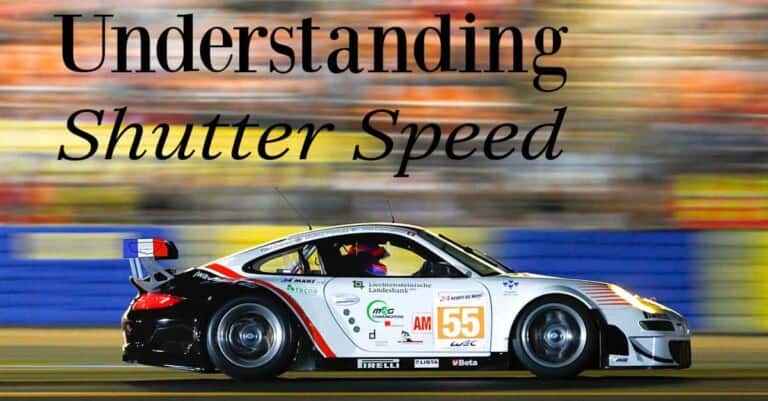Photogrpahy Shutter Speed Chart
Shutter Speed Chart If you’re looking to learn more about shutter speed, please check out our detailed article: Understanding Shutter Speed as part of our Photography 101 series. You Might Also Like Shutter Speeds Guidelines Remember: Use this table as a starting point, but by no means is anything set in stone. Don’t let it hold back creativity! Think You Know It All? This short downloadable quiz has been designed to help you learn more about the basics of exposure, and the three pillars of the exposure triangle. Are you ready for manual mode on your camera? Take the test!

